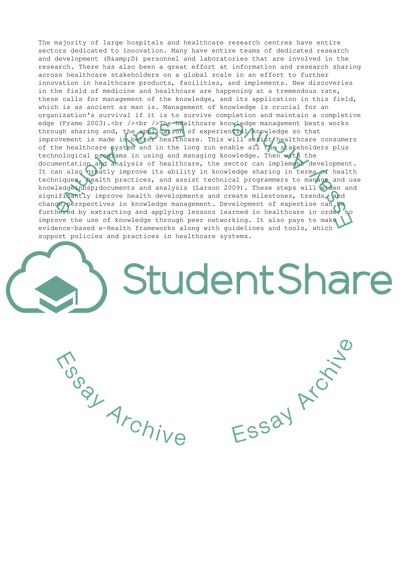Cite this document
(Innovation and Knowledge Management Coursework Example | Topics and Well Written Essays - 2000 words, n.d.)
Innovation and Knowledge Management Coursework Example | Topics and Well Written Essays - 2000 words. https://studentshare.org/management/1851313-innovation-and-knowledge-management
Innovation and Knowledge Management Coursework Example | Topics and Well Written Essays - 2000 words. https://studentshare.org/management/1851313-innovation-and-knowledge-management
(Innovation and Knowledge Management Coursework Example | Topics and Well Written Essays - 2000 Words)
Innovation and Knowledge Management Coursework Example | Topics and Well Written Essays - 2000 Words. https://studentshare.org/management/1851313-innovation-and-knowledge-management.
Innovation and Knowledge Management Coursework Example | Topics and Well Written Essays - 2000 Words. https://studentshare.org/management/1851313-innovation-and-knowledge-management.
“Innovation and Knowledge Management Coursework Example | Topics and Well Written Essays - 2000 Words”. https://studentshare.org/management/1851313-innovation-and-knowledge-management.


